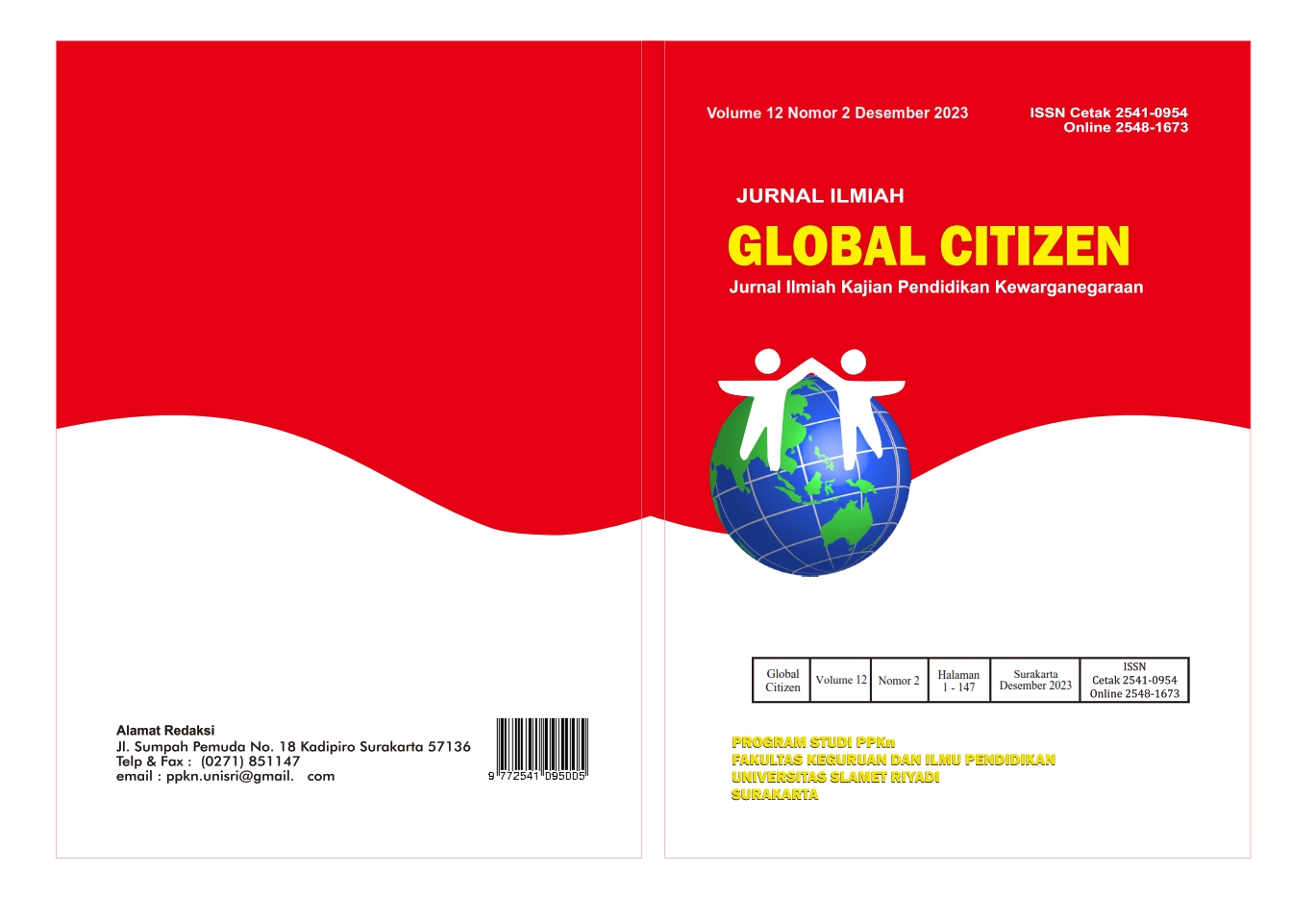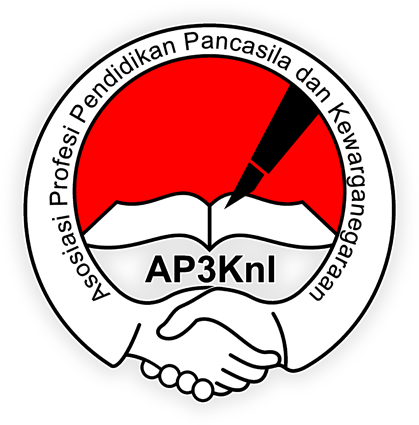DINAMIKA WAWASAN NUSANTARA DALAM MENGHADAPI ERA GLOBALISASI
DOI:
https://doi.org/10.33061/jgz.v12i2.9956Abstract
Â
Indonesia is a country rich in cultural norms. The diversity of ethnicities and beliefs creates the richness of Indonesian culture. Not only that, the wealth of Indonesia is proven by the vastness of Indonesia's territory. The territory of Indonesia is spread from Sabang to Merauke, consisting of five major islands and 17,000 other islands. Each island has its own cultural characteristics. This diversity can certainly have a good or bad impact depending on how we respond to this wealth. Often this diversity causes friction between one community and another. Therefore, the dynamics of the archipelago's insight are needed in dealing with these differences. As a nation that consists of various cultures, of course the era of globalization can be a threat to Indonesia. This writing aims to find out the function of the dynamics of the archipelago's insight in facing the era of globalization. This research was conducted with a qualitative research method and used a literature study to analyze the data. I chose this literature study as a research method to get research references from previous research articles that relate to the topic of my writing this time.
Keywords: Dynamics of Wawasan Nusantara, Era of Globalization, Cultural Diversity.

Downloads
Published
How to Cite
Issue
Section
License
Copyright (c) 2023 Adhirajasa Putra Pringadhi; Adhirajasa Putra Pringadhi; Fatma Ulfatun Najicha

This work is licensed under a Creative Commons Attribution-NonCommercial 4.0 International License.
Authors who publish this journal agree to the following terms:
- Authors retain copyright and grant the journal right of first publication with the work simultaneously licensed under a Creative Commons Attribution License that allows others to share the work with an acknowledgement of the work's authorship and initial publication in this journal.
- Authors can separately make additional contractual arrangements for non-exclusive distribution published by the journal (e.g., publish it in a book), with an acknowledgement of its initial publication in this journal.
- Authors are allowed and encouraged to send their work via online (e.g., in the institutional repositories or their website) after published by the journal.















